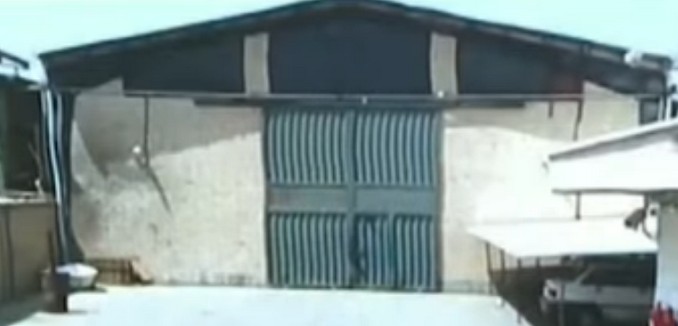Information contained in the Iranian nuclear archives extracted by Israel in a daring January raid contain more detailed information about the extent of Iran’s nuclear weapons program including specifics “about which international inspectors were unaware,” The Wall Street Journal reported Sunday.
The Journal report was based on a briefing given by Israeli security officials to selected reporters. The briefing contained more details than what Israeli Prime Minister Benjamin Netanyahu revealed in April, when he announced the raid and documentation that Israel had recovered.
The topics covered in the briefing included, “how the documents were removed from Iran; the existence within the documents of the warhead designs, for which Israel said Iran got unspecified foreign assistance; the operation of a secret explosives-testing facility that international inspectors had long searched for in vain; and a scramble by Iranian officials to keep their nuclear program alive after international inspectors concluded it had been suspended.”
While some of the information contained in the archive was already known by the International Atomic Energy Agency, which is charged with assessing Iran’s compliance with the deal, it also included details “about which international inspectors were unaware.”
The Journal account observes that the Iranian nuclear archives spirited out of Iran, according to Israeli officials, “show that Iran’s weapons-related activities advanced further than previously realized.” The documents also “substantiate previous suspicions that Iran shifted some of those activities into new, disguised channels so they could continue well after 2003,” when Iran was previously thought to have shut down its nuclear weapons program.
The documents show that while Iran shut down the AMAD program, the code word for its nuclear weapons program, in 2003 it shifted “many of its activities into the newly formed Organization of Defensive Innovation and Research.”
Other documents reveal an exchange between two leading Iranian nuclear scientists between “overt” nuclear research, that didn’t need to be hidden because it was civilian in nature, and “covert” research, which needed to be kept secret because it was unique to nuclear-weapons development.
The Iranian archive also showed pictures of what of a firing chamber, necessary for testing explosives that could trigger a nuclear explosion, which was said to be located at the Parchin military facility. When IAEA inspectors visited the site in 2015, the chamber was not there, but they “said extensive demolition and refurbishing of the site had seriously undermined the agency’s ability to determine whether such a chamber had been there.”
According to the Journal, Israel says that its goal in making this information public and sharing it with the IAEA is to prompt the watchdog to demand more thorough inspections of Iranian nuclear sites and learn the full dimensions of Iran’s nuclear weapons program.
In a similar vein, in a parallel article about the Iranian archive, The Washington Post cited Olli Heinonen, a former deputy director of the IAEA, who argued that the archive showed that the nuclear deal should be amended not to allow Iran to enrich uranium until it can be verified that Iran is no longer doing nuclear weapons research. He pointed out that, in contrast to Iran, other nations such as Iraq and Libya, that had ended their nuclear weapons research programs also destroyed all of their equipment and technical databases related to the prohibited work.
A third article, based on the Israeli intelligence briefing, was published by The New York Times. The documents in the archive showed, the Times reported, that “despite Iranian insistence that its program was for peaceful purposes, the country had worked in the past to systematically assemble everything it needed to produce atomic weapons.”
Two nuclear weapons experts, who were quoted by the Times, said that the information included in the archives was new.
“It’s quite good,” Robert Kelley, a former inspector for the IAEA, commented after seeing some of the documents. “The papers show these guys were working on nuclear bombs.”
David Albright, the director of the Institute for Science and International Security, who had seen many of the documents earlier, said that the archive contained “great information.” He said in Congressional testimony in June that “Iran conducted many more high-explosive tests related to nuclear weapons development than previously known.”
According to the accounts in the newspapers, Iran put the archive together at the time of the nuclear deal and hid it in a nondescript building in Tehran, with an alarm system but little overt security, to disguise the importance of the information hidden there.
Israel became aware of the efforts and put together a plan, said to be similar to the one seen in the movie “Ocean’s 11.” The Mossad team that broke into the warehouse in late January was equipped with especially hot blowtorches to burn through the locks and safes. They also were instructed to steal the documents rather than photograph them to save time. The Mossad team did not recover the whole archive in the warehouse, but got out two hours before the next guard shift was to take over. By the time Iran realized that the warehouse had been compromised, the Mossad team was far away.
In early April, Mossad chief Yossi Cohen stated that he was “100 percent certain” that Iran still was seeking to build a nuclear weapon and the nuclear deal was a mistake. It appears now that he had the evidence to support his assessment.
[Photo: CNN / YouTube ]




